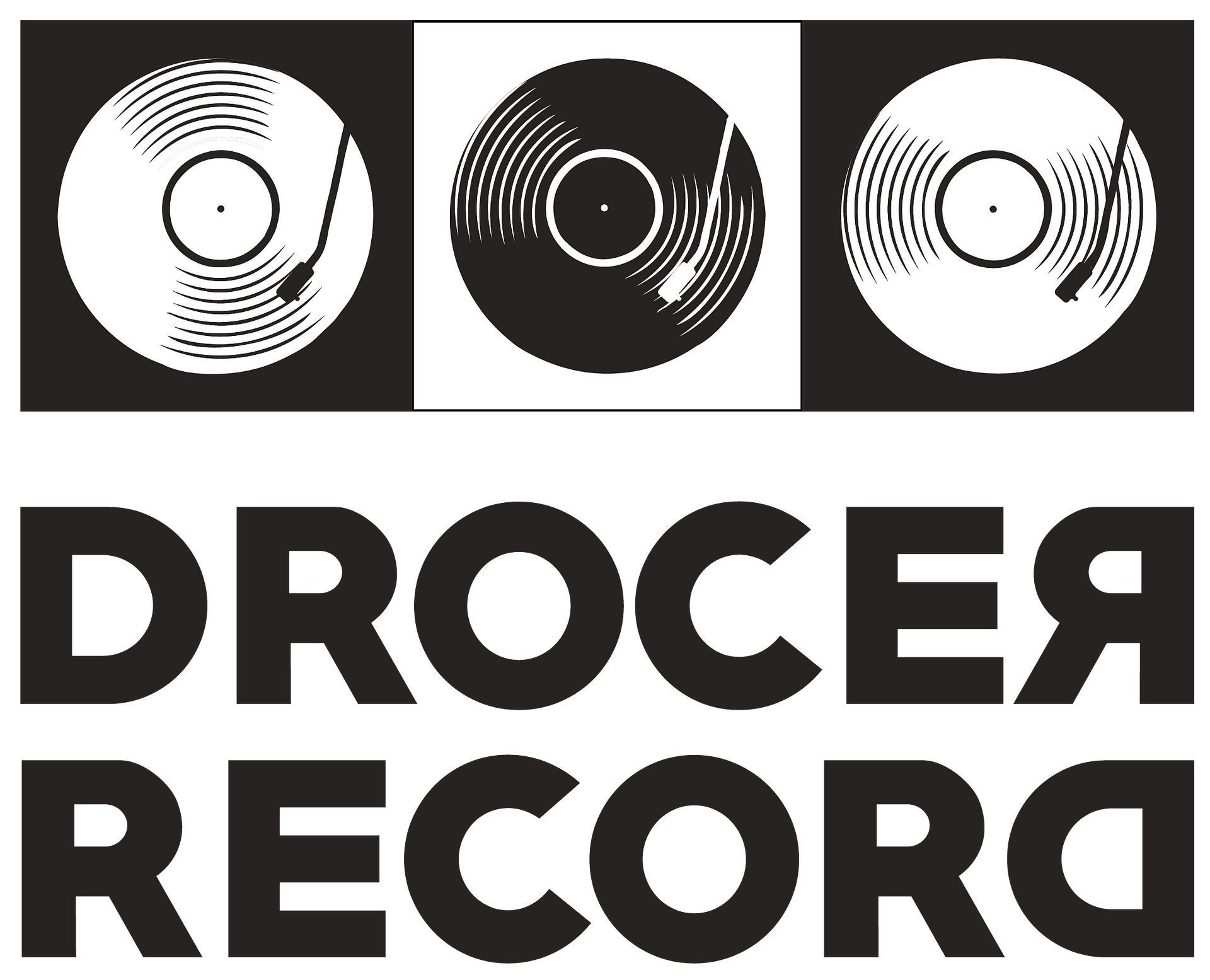By Reva Thakkar
Jazz, jazz, jazz……
One is never sure where to begin because there is always so much to dig. Colourful and intricate chords, swing music, polyrhythm, and, of course, improvisation are the key of any jazz song or musician. It is a wonderful blend of different genres – converge and dance. There may be hundreds of “classic” jazz songs, yet most jazz artists and listeners would concur that a small number of those are played more frequently than most.
In this blog, we’ve chosen some of the most well-known jazz songs—or, dare we say, the best jazz songs ever for your guidance to either start your journey or reminisce about your favourites.
- Feeling Good by Nina Simone
“Feeling Good” is a song written by English songwriters Anthony Newley and Leslie Bricusse, and popularised by American singer and pianist Nina Simone. The song was originally written for the 1964 musical “The Roar of the Greasepaint – The Smell of the Crowd,” but Simone’s version, released in 1965, has become the most well-known.
The song’s lyrics and its essence describe a feeling of liberation and joy after overcoming past struggles and hardships. Simone’s powerful vocals and the song’s stirring orchestration create a sense of triumph and celebration. “Feeling Good” has since been covered by numerous artists and has become a popular anthem for self-empowerment and positivity.
- My Funny Valentine by Chet Baker
My Funny Valentine is a song with lyrics written by Lorenz Hart and music composed by Richard Rogers. This Broadway musical comedy from 1937 featured the song as a well-known show tune called ‘Babes in Arms’.
About 600 different artists have covered the song, although Chet Baker’s rendition has become the most memorable and recognised. In fact, it was added to the National Recording Registry of the Library of Congress as a result of its cultural importance to American culture. Suffice to say, it ranks among the greatest classic jazz songs ever.
The song’s narrative is based on Billie Smith, the lead character. Valentine Val LaMar is the subject of the musical comedy Babes In Arms, which performs “My Funny Valentine.”
The song uses disparaging language to refer to “Valentine,” claiming that her “features are unphotographable”, though She is “his favourite work of art”.
The song’s lyrics make fun of a beloved person’s flaws. A piece that genuinely touches your tender heartstrings. It is one of the most well-known jazz songs to be written in the last century without a doubt!
- That’s Life by Frank Sinatra
“That’s Life” is a song recorded by American singer Frank Sinatra in 1966. Originally written by Dean Kay and Kelly Gordon, it was released as a single and reached number four on the Billboard Hot 100 chart.
The lyrics of “That’s Life” describe the ups and downs of life, with Sinatra singing about facing challenges, experiencing setbacks, and ultimately persevering through it all. The song’s upbeat tempo and brassy arrangement create a sense of optimism and resilience, with Sinatra’s powerful vocals that add to the song’s emotional impact.
This song has since become one of Sinatra’s signature songs, with its message of resilience and determination resonating with audiences for decades. It has been covered by many other artists and has been featured in various films, television shows, and commercials, cementing its status as a classic of the American popular songbook.
- Fly Me To The Moon by Frank Sinatra
Many jazz performers have observed that “Fly Me To The Moon,” is one of the most well-known jazz songs of all time, and is the tune most frequently requested by the general public – especially as a jazz wedding song!
This classic song was originally a waltz titled “In Other Words,” but Peggy Lee persuaded the author Bart Howard to change it in 1963. The following year, Quincy Jones arranged it for Frank Sinatra and the Count Basie Orchestra in 4/4 time.
In the late 1960s, NASA’s Apollo Space Programme came to be intimately connected with the Sinatra recording, which is possibly the best and undoubtedly the most well-known. Astronauts on both the Apollo 10 and Apollo 11 flights listened to the song on audio cassettes during their missions. It came from the Frank Sinatra album: It Might as Well be Swing.
- Take Five – Dave Brubeck
For its wide use of unconventional time signatures, Pianist Dave Brubeck’s 1959 album ‘Time Out’, issued by Columbia Records, was groundbreaking for its time. It was the first album to sell over a million copies, and its most well-known song was Take Five, which is in “5/4 time,” as you undoubtedly guessed.
Renowned for its two-chord vamp, which is often Ebm7 and Bbm7, its appealing melody and structure have allowed jazz performers all around the world to incorporate it into their standard repertoire.
- What A Wonderful World by Louis Armstrong
Recorded by American jazz trumpeter and singer Louis Armstrong in 1967, this song was written by Bob Thiele and George David Weiss and was released as a single, becoming a hit in the United States and the United Kingdom.
The lyrics of “What a Wonderful World” express a message of hope and optimism, with Armstrong singing about the beauty of the natural world and the goodness of humanity. The song’s slow tempo and simple melody, along with Armstrong’s distinctive gravelly voice, create a sense of warmth and sincerity that has resonated with listeners for decades.
Despite its popularity, the song was initially not a commercial success upon its release. However, its enduring popularity has since grown and been featured in many television and movie shows.
- Unforgettable by Nat King Cole
“Unforgettable” is a classic ballad recorded by Nat King Cole in 1951. The song was written by Irving Gordon and became one of Cole’s signature hits. The song’s lyrics describe the unforgettable nature of true love, with smooth, silky vocals that exude a sense of tenderness and longing. The song’s gentle melody, orchestral arrangement, and Cole’s intimate performance create a sense of romantic nostalgia that has made it a timeless classic.
This has since become one of Cole’s most well-known and beloved songs and has been covered by numerous artists in various genres. In 1991, a duet version of the song featuring Cole’s original vocals and newly recorded vocals by his daughter, Natalie Cole, was released, becoming a hit and winning several Grammy Awards.
Overall, “Unforgettable” remains a beautiful and timeless ballad that showcases Nat King Cole’s impeccable vocals and enduring legacy in the world of music.
- Dream A Little Dream Of Me by Ella Fitzgerald and Louis Armstrong
“Dream a Little Dream of Me” is a classic song that was originally written in 1931, with music by Fabian Andre and Wilbur Schwandt and lyrics by Gus Kahn. The song has since been covered by numerous artists, but perhaps the most famous version is the duet recording by Ella Fitzgerald and Louis Armstrong, released in 1950.
The song’s dreamy, romantic lyrics describe a desire to be with a loved one, and the sense of comfort and security that can come from dreaming of them. Fitzgerald and Armstrong’s rendition of the song features their signature warm and velvety vocals, accompanied by a gentle orchestral arrangement that creates a sense of intimacy and nostalgia. The chemistry between Fitzgerald and Armstrong is evident in their playful and affectionate interactions throughout the recording, adding to the song’s charm and appeal.
- The Girl From Ipanema by Stan Getz
In the 1960s, a new genre of music known as Bossa Nova, which blended jazz harmony with parts of traditional Brazilian Samba, swept the nation. The Getz/Gilberto record from 1964 is credited with sparking this trend. On the piano, you can hear Antonio Carlos Jobim, who wrote many of the most well-known Bossa Novas as well as this jazz song. He is accompanied by fellow Brazilian Joao Gilberto, whose languid, rhythmically astute guitar playing and singing meshes beautifully with American Stan Getz’s delicate tenor voice.
It was recommended that they record “The Girl from Ipanema” in English in addition to the original version, “Garota de Ipanema,” which features lyrics in Portuguese, during the recording session. Astrud Gilberto, Joao’s wife, sang the song as the lone English-speaking native Brazilian in the room.
Despite never having performed professionally, Astrud’s gentle vocal style fit the band and the composition wonderfully, and the song went on to become one of the most covered jazz tunes in history. Most jazz artists recognise ‘The Girl From Ipanema’ as a very beautifully structured song, with the bridge section in the middle of the tune proving to be particularly exciting for musicians to improvise over. It is occasionally criticised as cheesy or simply as elevator music.
- Round Midnight by Thelonious Monk
One of the best ballads ever composed by one of the greatest jazz composers is Thelonious Monk’s “Round Midnight.” It was first recorded in 1944 by trumpeter Cootie Williams, and the first of many recordings by Thelonious Monk followed in 1947. He had by this point included an introduction that Dizzy Gillespie had written.
The song’s melancholy melody and haunting chord progressions create a sense of introspection and reflection, with Monk’s signature dissonant piano style adding to the song’s distinctive sound. The lyrics, written by Bernie Hanighen, describe the lonely and reflective mood of a late-night encounter. The song has been covered by countless musicians, including Miles Davis, Bill Evans, and Dexter Gordon, and has become a staple of the jazz repertoire.
- Blue Train by John Coltrane
A classic jazz composition by legendary saxophonist John Coltrane, the song was recorded in 1957, and was the title track of Coltrane’s album “Blue Train”. The song features a fast-paced, driving rhythm, with Coltrane’s intense and virtuosic saxophone playing front and centre. The song’s melody is based on a simple, catchy riff that serves as a launching pad for Coltrane’s frenetic improvisations.
“Blue Train” is notable for its energy, technical proficiency, and improvisational complexity, and is widely regarded as one of Coltrane’s most iconic recordings. The song has since become a staple of the jazz repertoire, with many jazz musicians and enthusiasts considering it to be one of the greatest jazz compositions of all time. It is a powerful and dynamic display of John Coltrane’s musical mastery, showcasing his ability to combine technical virtuosity with emotional depth and expressiveness.
- Moanin’ by Art Blakey and Jazz Messengers
“Moanin'” is a classic jazz composition by pianist Bobby Timmons, which was recorded by Art Blakey and Jazz Messengers in 1958. The song has since become one of the most recognizable and beloved jazz standards of all time. The piece features a catchy and infectious melody, with a bluesy feel and a strong backbeat. The rhythm section, anchored by Blakey’s propulsive drumming, provides a driving, swinging foundation that propels the soloists forward.
The tune begins with a simple but memorable piano riff that sets the tone for the piece. The horns then come in with the melody, led by a soulful trumpet solo by Lee Morgan, followed by a tenor saxophone solo by Benny Golson. Throughout the piece, the musicians trade solos, showcasing their virtuosity and improvisational skills. The song also features several dynamic ensemble passages, where the band plays tightly together, building tension and energy before returning to the head.
A timeless masterpiece of jazz music, it is a perfect representation of the hard-bop style that Art Blakey and Jazz Messengers were known for. Its infectious melody, driving rhythm, and excellent soloing make it a must-listen for any jazz enthusiast.
- Milestones by Miles Davis
“Milestones” is a jazz composition by trumpeter Miles Davis, recorded in 1958 and released on the album of the same name. The song is notable for its use of modal harmony, a style that Davis had been exploring in his previous album, “Kind of Blue”. The piece begins with a sparse and mysterious introduction, featuring pianist Wynton Kelly’s impressionistic chords and drummer Philly Joe Jones’ atmospheric brushwork. Davis then enters with the main theme, played in unison with saxophonist Cannonball Adderley. The melody is a haunting, modal vamp that repeats throughout the piece.
The solos are the centrepiece of the song, with Davis, Adderley, and pianist Bill Evans each taking extended turns. Davis’ solo is particularly notable for its use of space and restraint, with the trumpeter playing long, lyrical lines that build to a powerful climax. The rhythm section, featuring Kelly, bassist Paul Chambers, and Jones, provides a solid and swinging foundation, anchoring the soloists and adding their own inventive touches to the mix.
“Milestones” is a masterpiece of modal jazz, showcasing Davis’ pioneering approach to harmony and improvisation. The piece is both atmospheric and driving, with a hypnotic quality that draws the listener in and holds them captive.
- Good Morning Heartache by Billie Holiday
“Good Morning Heartache” is a classic jazz ballad that was made famous by Billie Holiday in the 1940s. The song tells the story of a woman who is trying to cope with the pain of a lost love, and her struggle to move on and find happiness again. Holiday’s soulful and emotive voice is perfectly suited to the song’s melancholy lyrics, and her interpretation of the tune is widely regarded as one of the greatest vocal performances in jazz history.
The song begins with a simple piano introduction, which is soon joined by a mournful horn section that sets the sombre mood. Holiday then enters, singing the first verse with a plaintive tone that perfectly captures the heartache and sadness of the lyrics. As the song progresses, the mood becomes increasingly intense, with Holiday’s voice rising and falling in a series of emotional peaks and valleys. The instrumentation, which includes a beautiful saxophone solo by Ben Webster, adds to the song’s emotional depth, providing a rich and textured backdrop for Holiday’s vocals.
- Song For My Father by Horace Silver
“Song For My Father” is a jazz composition by pianist and composer Horace Silver, recorded in 1964 and released on the album of the same name. The song is a tribute to Silver’s father, who was from Cape Verde and incorporates elements of Cape Verdean and Brazilian music into its infectious groove.
The piece begins with a catchy and memorable piano riff, which is soon joined by a grooving bassline and percussion section. The melody, played by a horn section consisting of tenor saxophone, trumpet, and trombone, is a joyous and upbeat tune that is instantly recognizable. The solos are a highlight of the song, with Silver’s piano playing and Joe Henderson’s tenor saxophone solos standing out in particular. Silver’s playing is rhythmic and funky, with his characteristic use of blues and gospel influences. Henderson’s solo is dynamic and energetic, with a distinctive tone and creative phrasing.
The rhythm section, featuring bassist Gene Taylor and drummer Roy Brooks, provides a tight and swinging groove that drives the song forward. The percussion section, which includes congas and other Latin instruments, adds a layer of rhythmic complexity that gives the song its distinctive flavour.
Overall, the world of jazz music is filled with countless timeless and unforgettable songs that have captivated audiences for decades.
This was our list of 15 must-listen jazz songs, fret not we have combined them for you in a playlist:
Do you have any other inputs and thoughts? Let us know your favourites in the comments below!

An Electronics Engineer & A MBA in Marketing Graduate, Kinjal Gosar is a passionate audiophile herself. Starting her career at India’s biggest Consumer Electronics Retail Chain, her technical knowledge is amazing. Classic Rock has been a huge part of her life and her love for Music has always been evident in all her work. A vinyl collector herself, she loves spreading the joy of analouge while giving nothing but the best to her fellow vinylheads.





